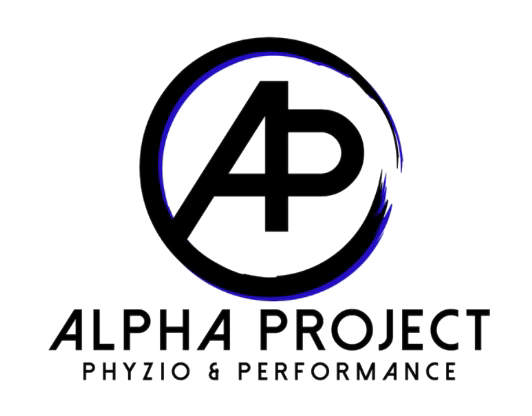What Should Happen at the Pelvic Floor When Lifting Heavy?
Lifting heavy weights is a great way to build strength, muscle mass, and lose weight. However, sometimes lifting can be accompanied by leakage or prolapse. This causes people to not lift as heavy as they want to, wear dark pants, or wear pads.
So what should happen at the pelvic floor when lifting heavy to prevent leakage? What is happening when you leak? Should you be using a lifting belt? Let’s dive in!
Pelvic Floor Reactions to Lifting Heavy Weights
What SHOULD NOT happen at the pelvic floor: When lifting heavy, specifically at about 80% of your max capacity, breath-holding will naturally occur. This is to build the pressure inside your body which helps to stabilize your core (like the carbonation in an unopened can of soda).
With this increased pressure inside of your core, it puts extra pressure on the pelvic floor. Think of the pelvic floor as the basement for the core. So what comes next is how your pelvic floor reacts to this extra stress! If the pelvic floor is not engaged, the extra pressure will cause the pelvic floor to descend and that can lead to leakage or worsening of prolapse.
Heavy Lifting Red Flags:
Pelvic floor not engaging
Pelvic floor descends
Pelvic floor leakage
Pelvic floor prolapse
What SHOULD happen at the pelvic floor: There is extra pressure on the pelvic floor when lifting. The pelvic floor muscles should engage and NOT descend when the extra pressure is created.
The muscles should stay at their level previous to extra pressure being applied, or even contract and lift up a little bit. This will prevent leakage and/or worsening of any prolapsing.
Heavy Lifting Green Flags:
Pelvic floor engages
Pelvic floor muscles stay put or contract/lift up
Belts and braces: So should you use a lifting belt? Or avoid a lifting belt? Or wear a brace if you are postpartum? Weightlifting belts are used for very heavy lifts and provide a little extra support, about 10%.
They are mainly proprioceptive and give your core muscles something to push against, rather than supplementing your core with external support. They are okay to use with heavy lifts as long as they are not too tight (should be able to get a finger in there) and the pelvic floor is doing what it is supposed to do!
For postpartum women, a postpartum brace can be helpful while transitioning back into weightlifting. This again should be used more as proprioceptive feedback for the core muscles versus providing external support.
Can Pelvic Floor Exercises Stop Leaking When Lifting Heavy?
That was a lot of information! Basically, the pelvic floor needs to be holding level or contracting while lifting, it should not be descending. That is not always easy to figure out on your own.
Pelvic floor physical therapy can help you during this process! A specialized physical therapist can develop specific exercises to help you with pelvic floor tightness or weakness when working out.
Meet with a Pelvic Floor Physical Therapist
If you are struggling with pelvic pain or leaking or prolapsing when lifting, and you’re ready to start feeling better, reach out to us and speak with an expert in pelvic floor physical therapy today!
Our physical therapists in Germantown, Frederick, and Columbia can help those who struggle with pelvic pain. If you are ready to solve your problem, contact us and speak with a pelvic floor expert today!

